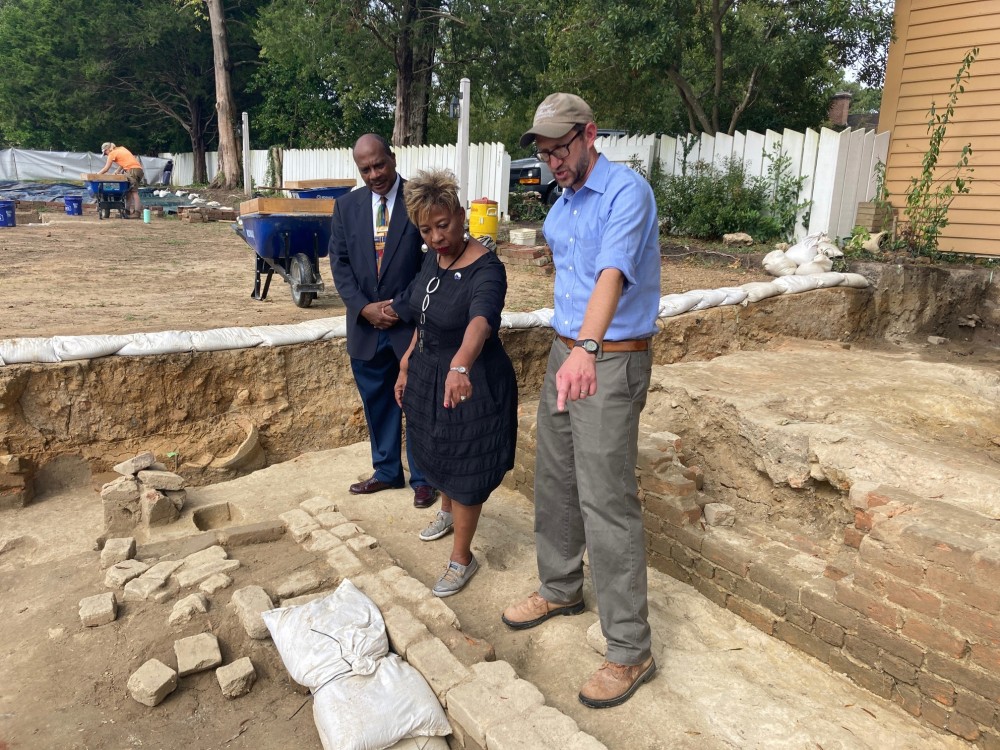Remnants of Black church uncovered at Colonial Williamsburg

The brick foundation of one of the nation’s oldest Black churches has been unearthed at Colonial Williamsburg, a living history museum in Virginia that continues to reckon with its past storytelling about the country’s origins and the role of Black Americans.
The First Baptist Church was formed in 1776 by free and enslaved Black people. They initially met secretly in fields and under trees, in defiance of laws that prevented African Americans from congregating.
By 1818, the church had its first building in the former colonial capital. The 16-foot by 20-foot structure was destroyed by a tornado in 1834.





